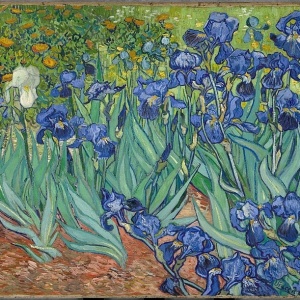Description
Butterfly.
———————————–
Painting type:
Acrylic painting
Size:
20cm x 25cm
Note:
Unframed painting!
Info:
Butterflies are insecticides in the macrolepidopteran clade Rhopalocera from the order Lepidoptera, including moths. Older butterflies have large, often brightly colored wings, and bright and flying planes. The group consists of a large family of Papilionoidea, consisting of at least one former group, skippers (formerly the superfamily “Hesperioidea”), and the most recent analysis suggests that it also contains moth butterflies (formerly the superfamily “Hedyloidea”). Butterfly fossils come from the Paleocene, about 56 million years ago.
Butterflies have a normal insect life cycle. Winged adults lay eggs in a food plant where their larvae, known as caterpillars, will feed. The caterpillars grow, sometimes very fast, and when fully grown, they pass on to the chrysalis. When the metamorphosis is complete, the pupal’s skin breaks down, the adult insect emerges, and after its wings have spread and dried, it flies. Some butterflies, especially in the tropics, have several generations a year, while others have only one generation, and a few in cold climates can take several years to complete their life cycle.
Butterflies are usually polymorphic, and many species use concealment, imitation and aposematism to avoid their carcasses. Others, like the king and the painted lady, move long distances. Many butterflies are attacked by parasites or parasitoids, including wasps, protozoans, flies, and other invertebrates, or they are attacked by other creatures. Some species are pests because in their stages they can damage plants or trees; some species are pollen of certain plants. The larvae of a few butterflies (e.g., harvesters) feed on harmful insects, and a few are predatory animals, while others live in close contact with ants. Traditionally, butterflies are a popular base for visual and literary arts.
The name is derived from Old English butorflēoge, butter-fly; similar names in Old Dutch and Old High German indicate that the name is old. Possible source of the name is yellow yellow sulfur (Gonepteryx rhamni); another is that the butterflies were on the wing in the pasture during the spring and summer butter season when the grass was growing.





